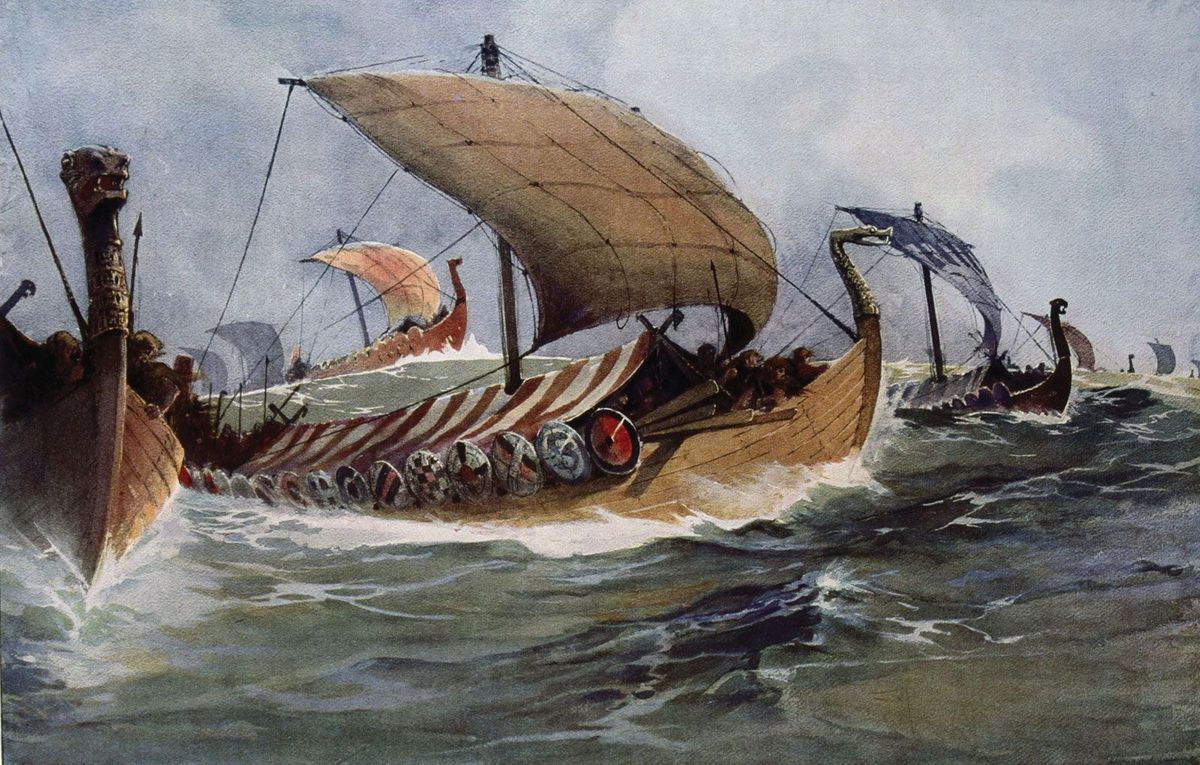
The Engelbrekt Rebellion was a significant uprising in Swedish history, led by the charismatic leader Engelbrekt Engelbrektsson. This revolt, which took place in the early 15th century, was a response to the oppressive rule of King Erik of Pomerania. Swedish peasants and miners, tired of heavy taxation and corruption, rallied behind Engelbrektsson, seeking justice and reform. The rebellion not only challenged the monarchy but also laid the groundwork for future democratic movements in Sweden. Why did this rebellion matter? What were its lasting impacts? Let's delve into 25 intriguing facts about the Engelbrekt Rebellion to understand its importance and legacy.
Key Takeaways:
- The Engelbrekt Rebellion in the 15th century, led by miner Engelbrekt Engelbrektsson, sparked significant changes in Swedish governance, inspiring future uprisings and shaping the nation's democracy.
- Engelbrekt's inclusive leadership and the rebellion's impact on Swedish society laid the foundation for representative government, leaving a lasting legacy in Swedish history and culture.
Background of the Engelbrekt Rebellion
The Engelbrekt Rebellion, a significant event in Swedish history, took place in the early 15th century. This uprising was led by Engelbrekt Engelbrektsson, a miner and nobleman, against the rule of King Erik of Pomerania. The rebellion had profound effects on Sweden's political landscape.
- The rebellion began in 1434, sparked by widespread discontent with King Erik's rule.
- Engelbrekt Engelbrektsson, the leader, was a miner from Bergslagen, a region known for its rich mineral resources.
- High taxes and harsh treatment by Danish officials fueled the rebellion.
- The rebellion initially started in the mining districts but quickly spread to other parts of Sweden.
- Engelbrekt's leadership was characterized by his ability to unite various social classes against the king.
Key Events During the Rebellion
Several pivotal events marked the course of the Engelbrekt Rebellion. These events not only shaped the rebellion but also had lasting impacts on Swedish history.
- In 1435, Engelbrekt convened a meeting in Arboga, which is considered Sweden's first Riksdag (parliament).
- The rebellion saw the capture of several key fortresses, including Västerås and Örebro.
- King Erik's attempts to quell the rebellion were largely unsuccessful, leading to a temporary truce.
- Engelbrekt was assassinated in 1436, but the rebellion continued under new leadership.
- The rebellion eventually led to the election of Karl Knutsson Bonde as the regent of Sweden.
Impact on Swedish Society
The Engelbrekt Rebellion had far-reaching consequences for Swedish society. It brought about significant changes in governance and the relationship between the monarchy and the people.
- The rebellion highlighted the need for a more representative form of government.
- It led to the establishment of the Riksdag, which became a cornerstone of Swedish democracy.
- The rebellion weakened the power of the monarchy and increased the influence of the nobility.
- It also brought about reforms in taxation and administration.
- The rebellion inspired future uprisings and movements for greater political representation.
Engelbrekt Engelbrektsson: The Man Behind the Rebellion
Engelbrekt Engelbrektsson's leadership and vision were crucial to the success of the rebellion. His legacy continues to be remembered in Swedish history.
- Engelbrekt was born around 1390 in the mining region of Bergslagen.
- He was known for his charisma and ability to rally people from different social classes.
- Engelbrekt's leadership style was inclusive, often seeking the counsel of others.
- Despite his noble status, he was deeply connected to the common people.
- Engelbrekt's assassination in 1436 was a significant blow to the rebellion, but his legacy endured.
Legacy of the Engelbrekt Rebellion
The Engelbrekt Rebellion left an indelible mark on Swedish history. Its legacy can be seen in various aspects of Swedish society and governance.
- The rebellion is often seen as a precursor to the Swedish War of Liberation in the 16th century.
- Engelbrekt is commemorated in Swedish culture, with statues and monuments dedicated to him.
- The rebellion is taught in Swedish schools as a pivotal moment in the nation's history.
- It is also seen as an early example of a popular uprising against oppressive rule.
- The principles of the rebellion, such as the fight for justice and representation, continue to resonate in modern Swedish society.
The Legacy of the Engelbrekt Rebellion
The Engelbrekt Rebellion left a lasting mark on Swedish history. This uprising, led by Engelbrekt Engelbrektsson, challenged the oppressive rule of King Erik of Pomerania. It wasn't just about taxes; it was a fight for justice and fair governance. The rebellion sparked significant changes, leading to the establishment of the Kalmar Union and eventually paving the way for Sweden's independence.
Engelbrekt became a symbol of resistance and national pride. His leadership inspired future generations to stand up against tyranny. The rebellion also highlighted the power of unity among different social classes, showing that collective action could bring about real change.
Understanding the Engelbrekt Rebellion gives us insight into the roots of Swedish democracy and the enduring spirit of its people. It's a reminder that even in the face of adversity, determined individuals can shape the course of history.
Frequently Asked Questions
Was this page helpful?
Our commitment to delivering trustworthy and engaging content is at the heart of what we do. Each fact on our site is contributed by real users like you, bringing a wealth of diverse insights and information. To ensure the highest standards of accuracy and reliability, our dedicated editors meticulously review each submission. This process guarantees that the facts we share are not only fascinating but also credible. Trust in our commitment to quality and authenticity as you explore and learn with us.
